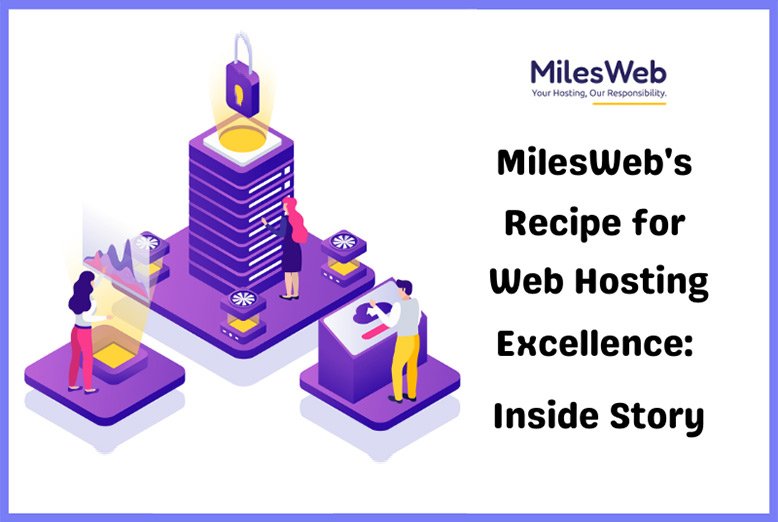Key Highlights:
- New South Wales (NSW) government and Cisco has commenced working on a project, where they will focus on enhancement of public transport in Sydney and Newcastle.
- They will use IoT, AI, and Edge computing to implement the changes.
- The technology will be applied on buses, ferries, and light-weight rail automobiles.
IoT, AI and Edge Computing for Vehicles
The importance of technology has grown multiple folds over the past few decades. Concepts like the Internet of things, artificial intelligence, Edge computing, etc. have significantly captured the market. Although the benefits of these technologies individually are astounding, utilizing them simultaneously also has immense untapped potential.
The New South Wales government and Cisco are utilizing IoT, AI and edge computing to monitor vehicle movements and roads. Each technology has a different role. The role of IoT is to digitize the physical entities and it will have a connection with the transport network through sensors. On the other hand, edge computing will provide essential data from the connected entities, which will escalate decision making process. AI will be acting as an assisting machine to fathom data along with process automation.
According to Minister for Transport and Roads, Rob Stokes, “The aim of this project is to keep a vigilant eye on real-time view of the vehicle. Moreover, we will be focusing on vehicle supply, customer demand and the vehicle efficiency.” These parameters will assist in future related decisions. Stokes mentions that the innovation will not only guide about the vehicle but also customer satisfaction.
Cisco Australia and New Zealand transport and infrastructure general manager Simon Young said, “This team up between NSW and Cisco is a symbol of strength. The two of them will be using technology to understand the vital issues faced by transport agencies.” As part of the proof of concept, Transport for NSW ran a trial in Wollongong to uncover five potentially risky intersections. It involved 50 vehicles generating more than a billion rows of data over a 10-month period. After that Databricks and Azure were used to curate, ingest, and interpret the data.
How can IoT and AI monitor vehicle performance?
The first step is to link the vehicle along with the assets in a single platform. After establishing the connection, you can commence receiving information regarding vehicles. Below mentioned points will elucidate the process:
- After the data arrival, you should saturate and modify it in real time.
- As the data is modified into high quality data, you can proceed with machine learning algorithms.
- Concepts including data mining will provide assistance in visualization of insights. You will be able to visualize the real- time process.
- As the data is released through machine learning, you should begin the creation of IoT based applications. Once the application is built, you can start the production, which will take place with a click of button.
- IoT as well as AI based platform will start monitoring vehicle, road condition, and performance. This time efficient method will help you update the information instantly.
AI and IoT: Future of Technology
The amelioration using IoT and AI-based platforms are the future of technology. The combined usage of IoT along with AI is providing an excellent modification in real-time. The current trial for vehicle monitoring is just a trailer and other approaches are expected to take place in the future. These headways are the guarantee of a digital and secure future.
Read more: Best Fast Charging Phones






















